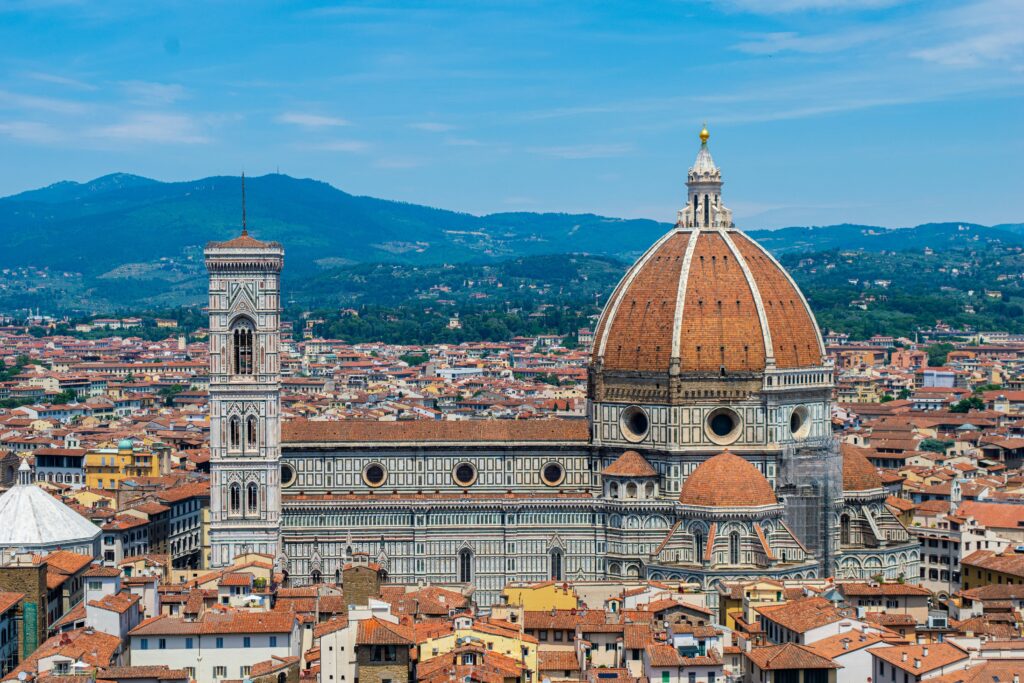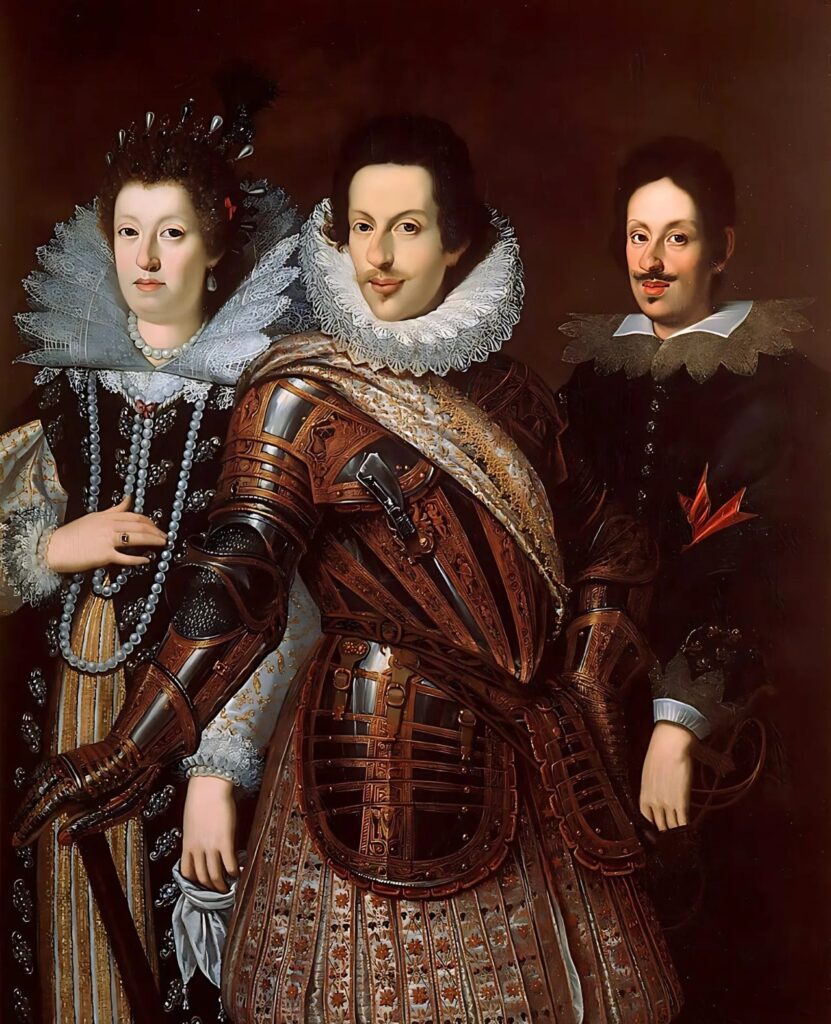3 Insights
“Hypothesis: living a diverse life increases happiness because it avoids addiction due to repetitively associating rewards to the same cues.” — Luca Dellanna
“Your gift is not a gift, it’a loan, a loan to do something extraordinary; it’s the paying back of that loan, squaring up with yourself and the universe, that’s the gift.” — Dylan O’Sullivan
“Take long walks in stormy weather or through deep snows in the fields and woods in order to keep your spirits up. Deal with brute nature. Be cold and hungry and weary.” — Henry David Thoreau
What I Learned this Week
The Romans mastered the art of creating concrete that has lasted for millennia. We, moderns, haven’t figured out how they did it. Their formula for hydraulic concrete, made with volcanic ash, lime, and seawater, is a key reason why structures like the Pantheon and aqueducts still stand today.
When mixed together, these ingredients formed a thick paste that would harden over time. The chemical reaction between the lime and volcanic ash created a type of cement known as hydraulic cement,which enabled the concrete to set even underwater. The resulting material was not only robust but also resistant to environmental wear, such as erosion, cracking, and the destructive effects of water.

Green Canyon (Martin Sanchez)
The Pantheon has stood for 2,000 years and is still the world’s largest unreinforced concrete dome. In 2022, new research finally revealed why it lasted so long: Roman concrete contains quicklime, which allows it to “self-heal.”
House of Medici
Since we’re talking about Italy, let’s keep going. But this time, we’re heading northwest of Rome—to Florence.

For over three centuries, The Medici Family shaped politics, finance, and culture, transforming Florence into the epicenter of the Renaissance. Their story is one of ambition, resilience, and vision—a testament to how power can shape the course of history. The House endured through 15 generations.
The Medici began as bankers. Giovanni Medici founded the Medici Bank, which grew into one of the most powerful financial institutions in Europe. He insisted that his family blend in with Florence’s working classes, requiring them to dress and behave modestly despite their growing wealth. His son, Cosimo Medici, would later become the unofficial ruler of Florence, using strategic alliances and wealth rather than brute force. He fostered an era of artistic and intellectual growth, funding projects like Brunelleschi’s dome on the Florence Cathedral.

The name “Medici” translates to “doctors”—which may suggest that the family may have been involved in medicine early in their history.
The Medici understood the power of perspective. They were not soldiers, yet they conquered in their own way—through culture, commerce, and connections. They learned to navigate a world of shifting alliances and political intrigue. Florence thrived under their vision, becoming a hub of creativity and humanism. Lorenzo Medici, the grandson of Cosimo, elevated the family’s legacy further. He was not just a politician but a patron of some of the greatest minds in history—think of Michelangelo and Leonardo da Vinci.
Lorenzo believed that art was not just for the elite but for the soul of the city itself.

However, the Medici were not immune to challenges. In 1494, their family was exiled when Florence’s political climate shifted. They returned to power through resilience and alliances, even placing two Medici popes—Leo X and Clement VII—on the papal throne. These roles further extended their influence, though not without controversy.
The family’s decline was gradual. Their wealth eroded, and their later rulers lacked the charisma and vision of their ancestors. The last Grand Duke, Gian Gastone de’ Medici, died in 1737 without heirs. His sister, Anna Maria Luisa, ensured their legacy endured. She signed the Patto di Famiglia, a legal agreement that kept the Medici art collection in Florence, preserving the cultural treasures for the public. Without Anna Maria Luisa’s intervention, it’s likely much of the Medici collection could have been dispersed across Europe.
The Medici were not just rulers—they were learners, creators, and visionaries. They sought knowledge from artists, philosophers, and thinkers across Europe, applying it to politics, commerce, and society. They knew that true greatness came not just from ruling but from inspiring others.
Wrath of Gnon, a fantastic X account, made a striking observation and claim: Renaissance Florence produced more art in 70 years with a population of 70K people than the whole world in the last 70 years—both by tonnage and by value.
Reflections
What is your legacy? How can you design a long-term strategy to achieve that?
The Real Con 112
